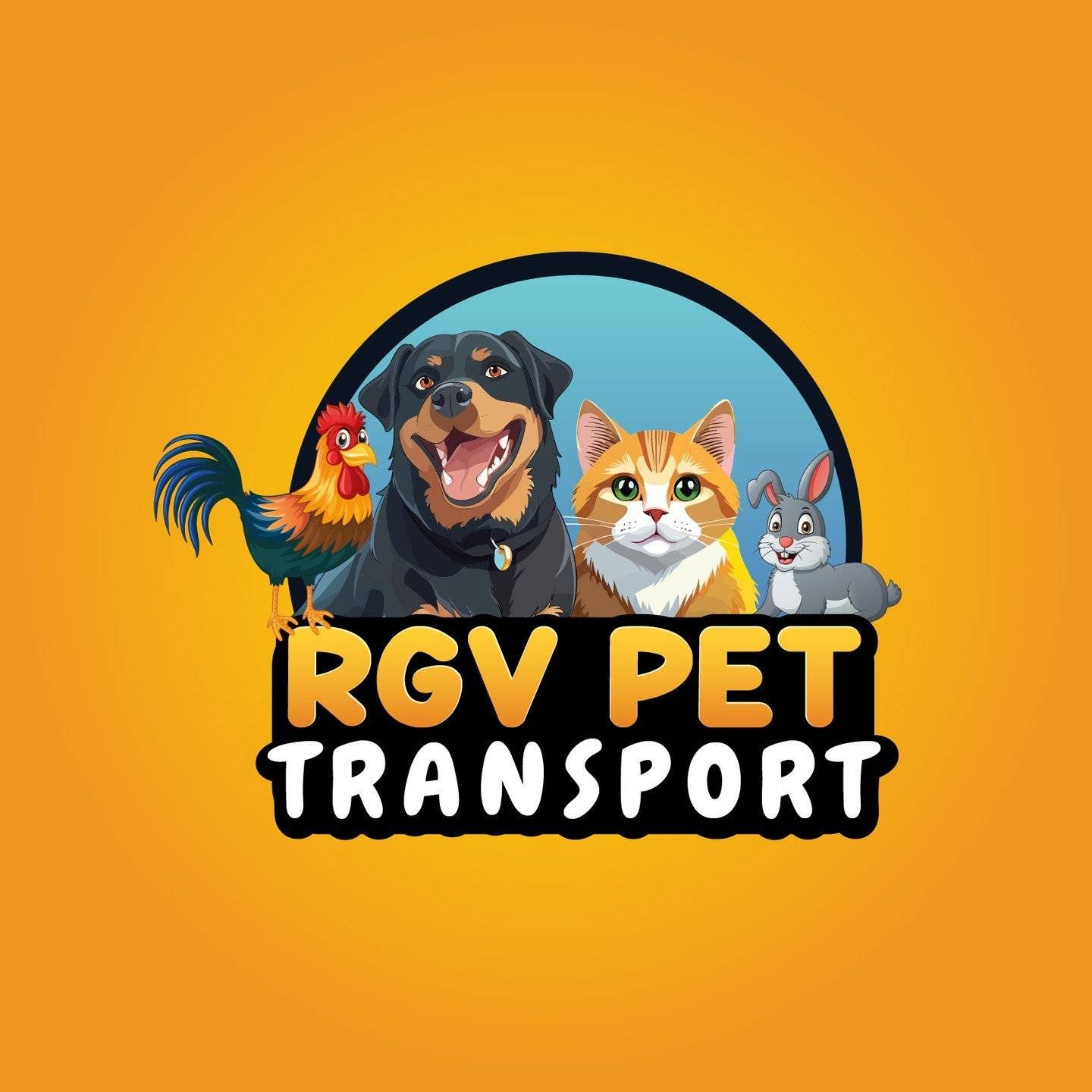Introduction
Cats, known for their independent nature, may not be the first pets that come to mind when considering travel companions. However, for cat owners who embark on journeys or need to transport their feline friends for various reasons, finding the best pet transport methods is essential. This article explores the world of traveling with cats, highlighting the most effective and feline-friendly means of transportation to ensure a stress-free and comfortable journey for our whiskered companions.
Understanding the Unique Needs of Cats
· The Challenge of Cat Travel
Cats are creatures of habit, and disruptions to their routine can be stressful. Travel, whether for short distances like vet visits or longer journeys such as relocation, requires careful consideration of a cat’s specific needs. From the carrier to the mode of transportation, every element plays a crucial role in determining the success of the journey.
· Reducing Stress for Cats
Minimizing stress is the key to successful cat travel. Cats are sensitive to changes in their environment, and unfamiliar sights, sounds, and smells can trigger anxiety. The professional pet transport methods for cats focus on creating a secure and calming environment, ensuring that the journey is as stress-free as possible.

Choosing the Right Cat Carrier
· Importance of a Secure and Comfortable Carrier
The foundation of successful cat travel lies in choosing the right carrier. A secure and comfortable carrier serves as a safe haven for cats, providing them with a familiar and enclosed space. When selecting a carrier, consider the following factors:
- Size: The carrier should be large enough for the cat to stand, turn around, and lie down comfortably.
- Ventilation: Proper ventilation is crucial to ensure a constant flow of fresh air.
- Accessibility: The carrier should have easy access to allow for stress-free entry and exit.
- Sturdiness: A sturdy and well-constructed carrier ensures the safety of the cat during the journey.
· Soft-Sided vs. Hard-Sided Carriers
Both soft-sided and hard-sided carriers have their advantages. Soft-sided carriers are lightweight and easier to store, while hard-sided carriers offer additional protection. The choice depends on the individual needs of the cat and the nature of the journey.
Ground Transportation for Cats
· Professional Pet Taxi Services
Professional pet taxi services specialize in ground pet transportation services near me for pets, offering a stress-free option for cats. These services use specially designed vehicles with secure compartments, providing a comfortable and controlled environment. The expertise of pet taxi drivers in handling cats contributes to a smooth and reassuring journey.
· Ride-Share Services with Pet-Friendly Options
Some ride-share services recognize the need for pet-friendly transportation. These services may offer pet-friendly vehicle options, allowing cat owners to travel conveniently with their feline friends. It’s essential to confirm the pet policy of the ride-share service before booking.
· Pet-Friendly Rental Cars
For cat owners who prefer to drive themselves, rental car companies with pet-friendly options provide a viable solution. These vehicles typically feature easy-to-clean interiors and enough space for the cat carrier. Confirming the pet policy with the rental company is crucial before making a reservation.
· Air Travel Considerations for Cats
· When Air Travel is Necessary
While air travel can be more challenging for cats due to the unfamiliar environment and potential stressors, there are situations where it becomes necessary. If air travel is unavoidable, consider the following:
- Direct Flights: Choose direct flights to minimize travel time and reduce stress.
- Airlines with Pet-Friendly Policies: Research airlines with pet-friendly policies and amenities for traveling cats.
- Regulations and Documentation: Understand and comply with airline regulations, including necessary documentation and carrier requirements.
Pet-Friendly Cabins and Cargo Options
Some airlines offer pet-friendly cabins, allowing small cats to travel in the cabin with their owners. Larger cats may need to travel in the cargo hold. It’s crucial to choose airlines with pet transport services policies and prioritize the well-being of feline passengers.

Road-Testing Comfort: Tips for Cat Travel
· Familiarization with the Carrier
Before the journey, familiarize the cat with the carrier. Place familiar bedding and toys inside, allowing the cat to associate the carrier with positive experiences. Gradual acclimatization reduces anxiety during travel.
· Short Practice Drives
For cats unaccustomed to travel, short practice drives can help ease them into the experience. Start with brief trips around the neighborhood, gradually increasing the duration to build the cat’s tolerance for travel.
· Comfort Items and Familiar Scents
Bring comfort items from home, such as the cat’s favorite blanket or toy. Familiar scents can provide reassurance and create a more relaxed atmosphere during the journey.
Conclusion: Happy Trails for Feline Travel
Traveling with cats requires a thoughtful and cat-centric approach. Choosing the right carrier, selecting the most suitable ground or air pet transport, and implementing stress-reduction strategies contribute to a successful journey for feline friends. Whether it’s a visit to the vet, a family vacation, or a cross-country move, prioritizing the unique needs of cats ensures that they can accompany their owners on the road of life comfortably and contentedly.





